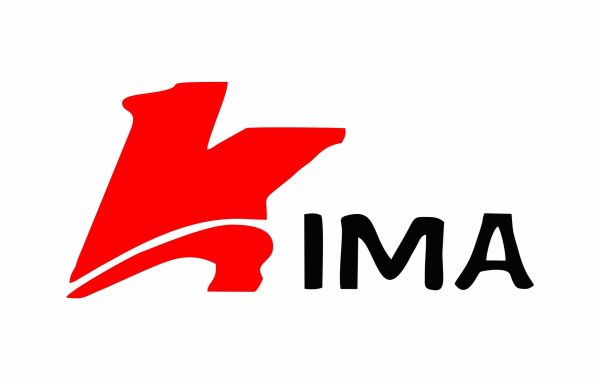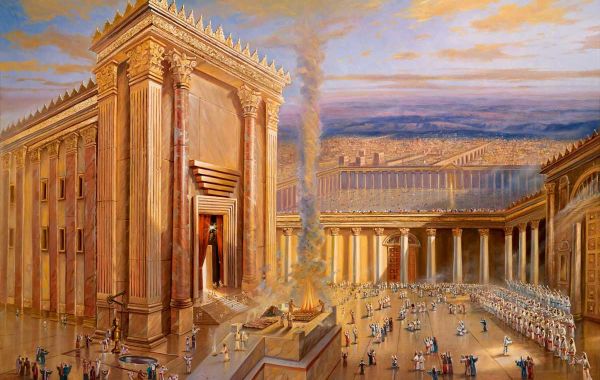Sodium carboxymethyl cellulose, English abbreviation CMC, commonly known as "methyl" in the ceramic industry, is an anionic substance, a white or slightly yellow powder made of natural cellulose as raw material and chemically modified. . CMC has good solubility and can be dissolved into a transparent and uniformly viscous solution in both cold water and hot water.
- A brief introduction to the application of CMC in ceramics
1.1. Application of CMC in ceramics
1.1.1, application principle
CMC has a unique linear polymer structure. When CMC is added to water, its hydrophilic group (-COONa) combines with water to form a solvation layer, so that CMC molecules are gradually dispersed in water. CMC polymers rely on hydrogen bonds and van der Waals forces. The effect forms a network structure, thus showing cohesion. The body-specific CMC can be used as an excipient, plasticizer, and reinforcing agent for green bodies in the ceramic industry. Adding an appropriate amount of CMC to the billet can increase the cohesive force of the billet, make the billet easy to form, increase the flexural strength by 2 to 3 times, and improve the stability of the billet, thereby increasing the high-quality product rate of ceramics and reducing post-processing costs. . At the same time, due to the addition of CMC, it can increase the green body processing speed and reduce production energy consumption. It can also make the moisture in the billet evaporate evenly and prevent drying and cracking. Especially when it is applied to large-sized floor tile billets and polished brick billets, the effect is even better. obvious. Compared with other green body reinforcing agents, green body special CMC has the following characteristics:
(1) Small addition amount: the addition amount is generally less than 0.1%, which is 1/5 to 1/3 of other body reinforcing agents, and the flexural strength of the green body is significantly improved, and the cost can be reduced at the same time.
(2) Good burn-out property: almost no ash is left after burning, and there is no residue, which does not affect the color of the blank.
(3) Good suspending property: prevent barren raw materials and color paste from settling, and make the paste disperse evenly.
(4) Anti-abrasion: In the process of ball milling, the molecular chain is less damaged.
1.1.2, adding method
The general addition amount of CMC in the billet is 0.03-0.3%, which can be adjusted appropriately according to actual needs. For the mud with a lot of barren raw materials in the formula, CMC can be added to the ball mill to grind together with the mud, pay attention to the uniform dispersion, so as not to be difficult to dissolve after agglomeration, or pre-dissolve CMC and water at a ratio of 1:30 Add it to the ball mill and mix evenly 1-5 hours before the milling.
1.2. Application of CMC in glaze slurry
1.2.1. Application principle
CMC for glaze slurry is a stabilizer and binder with excellent performance. It is used in the bottom glaze and top glaze of ceramic tiles, which can increase the bonding force between the glaze slurry and the body. Because the glaze slurry is easy to precipitate and has poor stability, CMC and various The compatibility of this kind of glaze is good, and it has excellent dispersion and protective colloid, so that the glaze is in a very stable dispersion state. After adding CMC, the surface tension of the glaze can be increased, water can be prevented from diffusing from the glaze to the green body, the smoothness of the glaze surface can be increased, and the cracking and fracture during the transportation process caused by the decrease in the strength of the green body after glazing can be avoided. , The pinhole phenomenon on the glaze surface can also be reduced after firing.
1.2.2. Adding method
The amount of CMC added in the bottom glaze and top glaze is generally 0.08-0.30%, and it can be adjusted according to actual needs during use. First make CMC into a 3% aqueous solution. If it needs to be stored for several days, this solution needs to be added with an appropriate amount of preservatives and placed in a sealed container, stored at a lower temperature, and then mixed with the glaze evenly.
1.3. Application of CMC in printing glaze
1.3.1. The special CMC for printing glaze has good thickening, dispersibility and stability. This special CMC adopts new technology, has good solubility, high transparency, almost no insoluble matter, and has excellent shear thinning property And lubricity, greatly improving the printing adaptability of printing glaze, reducing the phenomenon of sticking and blocking the screen, reducing the number of wipes, smooth printing during operation, clear patterns, and good color consistency.
1.3.2. The general adding amount of adding printing glaze is 1.5-3%. CMC can be infiltrated with ethylene glycol and then add water to make it pre-dissolved. It can also be added with 1-5% sodium tripolyphosphate and coloring materials together. Dry mix, and then dissolve with water, so that all kinds of materials can be fully dissolved evenly.
1.4. Application of CMC in oozing glaze
1.4.1. Application principle
Bleeding glaze contains a lot of soluble salts, and some of them are slightly acidic. The special type of CMC for bleeding glaze has excellent acid and salt resistance stability, which can keep the viscosity of the bleeding glaze stable during use and placement, and prevent it from being damaged due to changes in viscosity. It affects the color difference, and the water solubility, mesh permeability and water retention of the special CMC for bleed glaze are very good, which is of great help to maintain the stability of bleed glaze.
1.4.2. Add method
Dissolve CMC with ethylene glycol, part of water and complexing agent first, and then mix with the dissolved colorant solution.
- Problems that should be paid attention to in the production of CMC in ceramics
2.1. Different types of CMC have different functions in the production of ceramics. Correct selection can achieve the purpose of economy and high efficiency.
2.2. In surface glaze and printing glaze, you must not use low-purity CMC products for cheap, especially in printing glaze, you must choose high-purity CMC with high purity, good acid and salt resistance, and high transparency to prevent glaze Ripples and pinholes appear on the surface. At the same time, it can also prevent the phenomenon of plugging net, poor leveling and color difference during use.
2.3. If the temperature is high or the glaze slurry needs to be placed for a long time, preservatives should be added.
- Analysis of common problems of CMC in ceramicproduction
3.1. The fluidity of the mud is not good, and it is difficult to release the glue.
Due to its own viscosity, CMC will cause the mud viscosity to be too high, making it difficult to release the mud. The solution is to adjust the amount and type of coagulant. The following decoagulant formula is recommended: (1) sodium tripolyphosphate 0.3%; (2) sodium tripolyphosphate 0.1% + water glass 0.3%; (3) humic acid Sodium 0.2% + sodium tripolyphosphate 0.1%
3.2. The glaze slurry and printing ink are thin.
The reasons why the glaze slurry and printing ink are thinned are as follows: (1) The glaze slurry or printing ink is eroded by microorganisms, which makes CMC invalid. The solution is to thoroughly wash the container of glaze slurry or ink, or add preservatives such as formaldehyde and phenol. (2) Under the continuous stirring under the shear force, the viscosity decreases. It is recommended to add CMC aqueous solution to adjust when using.
3.3. Paste the net when using printing glaze.
The solution is to adjust the amount of CMC so that the viscosity of the printing glaze is moderate, and if necessary, add a small amount of water to stir evenly.
3.4. There are many times of network blocking and cleaning.
The solution is to improve the transparency and solubility of CMC; after the printing oil is prepared, pass through a 120-mesh sieve, and the printing oil also needs to pass through a 100-120-mesh sieve; adjust the viscosity of the printing glaze.
3.5. The water retention is not good, and the surface of the flower will be pulverized after printing, which will affect the next printing.
The solution is to increase the amount of glycerin in the printing oil preparation process; use medium and low viscosity CMC with high substitution degree (good substitution uniformity) to prepare printing oil.









Eric Kima 2 jr
Kima Chemcial Co.,Ltd